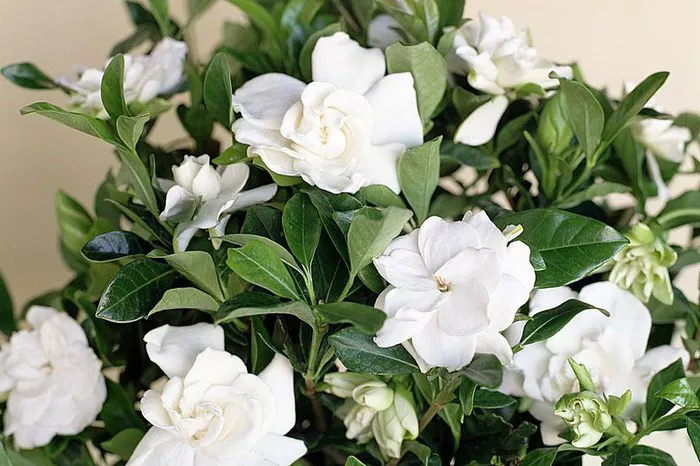Edible flowers have adorned culinary creations for centuries, adding a touch of elegance, flavor, and vibrancy to dishes. From delicate pansies to aromatic lavender, these blossoms not only enhance the visual appeal of meals but also contribute unique flavors and aromas. However, like any perishable ingredient, edible flowers have a limited shelf life. To extend their usability and enjoy their beauty and taste year-round, drying becomes an essential preservation technique. In this comprehensive guide, we explore the art and science of drying edible flowers, from understanding the factors affecting the drying process to mastering various drying methods and essential tips for optimal results.
Factors Affecting the Drying Effect of Edible Flowers
Several factors influence the success of drying edible flowers, ranging from the flower species to environmental conditions. Understanding these variables is crucial for achieving the desired results.
1. Flower Species: Different types of edible flowers have varying moisture content, petal thickness, and structural integrity, affecting their drying characteristics. Some flowers, like rose petals and chamomile, dry well due to their thin petals, while others, such as hydrangeas, may require special care due to their higher moisture content.
2. Moisture Content: The moisture content of flowers directly impacts the drying process. Flowers with high moisture content take longer to dry and are prone to mold and spoilage if not properly handled. Conversely, flowers with low moisture content may dry too quickly, resulting in brittle petals and loss of flavor.
3. Petal Thickness: Thicker petals take longer to dry compared to thinner ones. Flowers with thick petals, such as roses and marigolds, require adequate airflow and ventilation during drying to prevent mold growth and ensure even drying.
4. Environmental Conditions: Ambient temperature, humidity levels, and airflow significantly affect the drying process. Low humidity and ample airflow promote faster drying, while high humidity and stagnant air increase the risk of mold and spoilage. Additionally, moderate temperatures are ideal for preserving the color and flavor of edible flowers during drying.
5. Harvesting Time: The stage at which flowers are harvested influences their moisture content and flavor profile. Flowers harvested in the morning, when moisture levels are lower, tend to dry more efficiently and retain their natural flavors and aromas.
Methods of Drying Edible Flowers
Several methods can be employed to dry edible flowers, each offering unique advantages and considerations. Here are some popular techniques:
1. Air Drying: Air drying is one of the simplest and most traditional methods of preserving edible flowers. To air dry flowers, gather them into small bunches and hang them upside down in a well-ventilated area away from direct sunlight. This allows for gradual evaporation of moisture while preserving color and flavor. Air drying is suitable for flowers with thin petals and low moisture content, such as lavender, chamomile, and calendula.
2. Oven Drying: Oven drying is a faster alternative to air drying, suitable for thicker-petaled flowers or when time is limited. To oven dry flowers, arrange them in a single layer on a baking sheet lined with parchment paper and place them in an oven set to the lowest possible temperature (usually around 100-150°F or 40-65°C). Keep the oven door slightly ajar to allow moisture to escape and prevent overheating. Check the flowers regularly for dryness, as oven drying can be faster than other methods.
3. Microwave Drying: Microwave drying is a quick and convenient method for drying small batches of edible flowers. Place the flowers between layers of paper towels and microwave them in short bursts of 30 seconds to 1 minute until they are dry to the touch. Be careful not to overheat the flowers, as this can cause them to become brittle and lose flavor. Microwave drying is best suited for flowers with thin petals and low moisture content.
4. Desiccant Drying: Desiccant drying involves burying flowers in a moisture-absorbing substance, such as silica gel or cornmeal, to remove moisture and preserve their shape and color. To desiccate flowers, place them in a container filled with desiccant material, ensuring they are completely covered. Seal the container and leave it undisturbed for 1-2 weeks, depending on the thickness of the petals and moisture content of the flowers. Desiccant drying is ideal for preserving delicate flowers with intricate shapes and colors, such as violets and pansies.
Tips for Drying Edible Flowers
Achieving perfect dried edible flowers requires attention to detail and proper technique. Here are some tips to ensure optimal results:
1. Choose Fresh Flowers: Select fresh, unblemished flowers for drying to ensure the best flavor and appearance. Avoid flowers that are wilted or damaged, as they may not dry properly.
2. Harvest at the Right Time: Harvest flowers in the morning when their moisture content is lowest for optimal drying results. Avoid harvesting flowers after rainfall or when they are damp with dew.
3. Handle Flowers Gently: Handle flowers with care to prevent bruising or damaging delicate petals. Use clean, dry hands and avoid squeezing or pressing the flowers excessively.
4. Remove Stems and Leaves: Trim the stems and remove any leaves from the flowers before drying to prevent mold and speed up the drying process.
5. Monitor Drying Progress: Check the flowers regularly during the drying process to ensure they are drying evenly and not becoming overly dry or brittle.
6. Store Properly: Once dried, store edible flowers in an airtight container away from moisture, light, and heat to maintain their flavor and color. Use them within six months for the best results.
Conclusion
In conclusion, drying edible flowers is a simple yet rewarding way to preserve their beauty and flavor for future culinary endeavors. By understanding the factors affecting the drying process, mastering various drying methods, and following essential tips, anyone can enjoy the delights of edible flowers year-round. Whether air drying delicate lavender blossoms or desiccating vibrant pansies, the art of drying edible flowers allows us to savor nature’s bounty in all its floral splendor.


